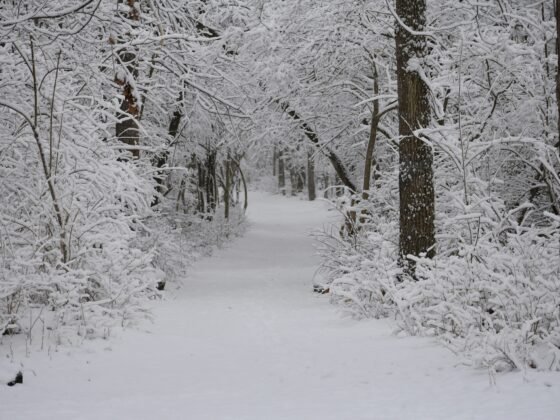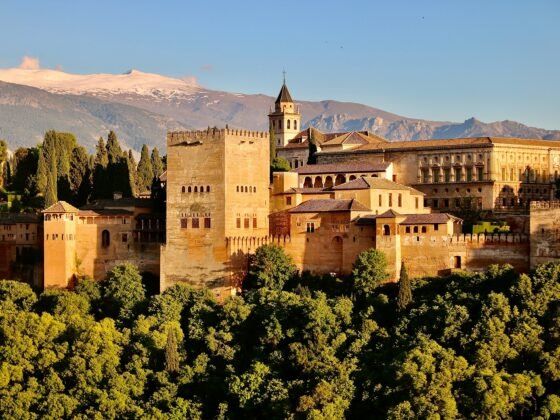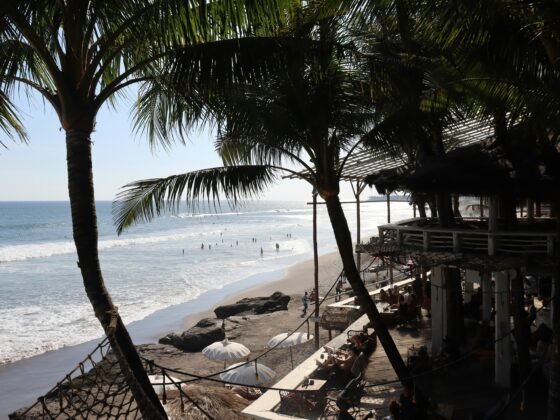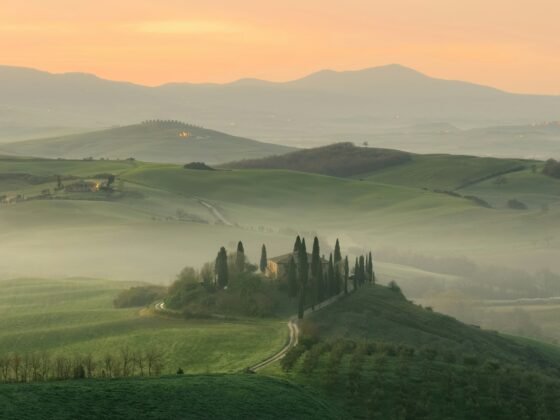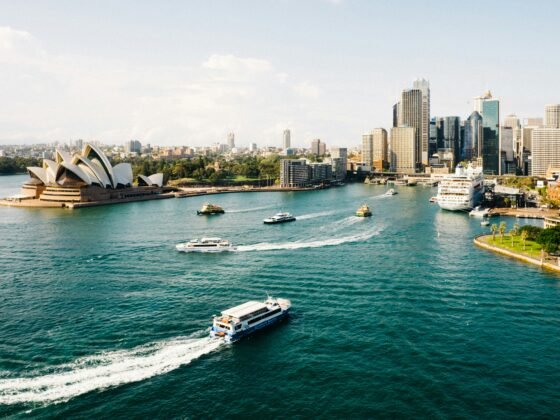In days gone by, before air travel was invented, sea travel was the only way to get overseas. Legendary explorers such as Christopher Columbus and Sir Francis Drake travelled the world by ship on epic adventures, discovering new countries, cultures and food. If you fancy making like an explorer (without spending several years at sea), check out these vast oceans and the delights they offer.
Pacific Ocean and Islands
The largest ocean on earth literally runs from the Artic in the north down to the Antarctic in the south and is bordered by Asia and Australia in the west and the Americas in the east. Some of the most beautiful tropical islands are to be found in the Pacific, from Hawaii in the north, to Tahiti in the south. The names of magical destinations trip off the tongue; Bora Bora, Rarotonga and Maui. In fact there are around 30,000 islands in the Pacific Ocean and the best way to explore this vast expanse is to fly into the largest island and explore the island chain within one trip. The biggest island groups in the Pacific are;
• Melanesia which includes New Guinea (the second biggest island in the world), romantic Fiji and the pretty Solomon Islands, where William and Kate explored last year!
• Micronesia islands lie mostly to the north of the equator and include the picture-perfect getaways of Kiribati, Guam and the Marianas
• Polynesia is absolutely vast and includes Hawaii in the north, New Zealand in the south, Easter islands in the east and Tonga in the west. Plan your trip carefully to include as many islands as you can from Samoa, the Cook Islands and Niue.
Pacific Ocean Facts; The Pacific Ocean covers 155 million square km (60 million sq. miles) and is larger than all the continents added together!
Atlantic Ocean and Islands
The mighty Atlantic Ocean is often defined in North and South terms and is bordered by Greenland in the north, Europe and Africa in the east and the Americas in the west. Firm favourites such as the Canary Islands can be found just off the coast of Africa. The Atlantic is also home to Iceland, Ireland and Ascension Island. Robben Island in South Africa, Martha’s Vineyard and Nantucket in the USA and the eastern Caribbean Islands are also in the Atlantic Ocean. Both the Canary Islands and the Caribbean island chains can be easily explored within one trip.
Atlantic Ocean Facts; The Atlantic covers some 20% of the total surface of the earth, spanning 76 million sq. km or 29 million sq. miles.
Indian Ocean and Islands
Mention the name ‘Indian Ocean’ and you’ll probably envisage pristine tropical island hideaways that grace the pages of holiday brochures and glossy magazines. Bordering India in the north, Malaysia in the east and Africa in the west, this is the place to come for a memorable trip, such as a wedding or honeymoon. Lush tropical gems include Zanzibar and Pemba Island in Tanzania, the Seychelles, Mauritius and of course, the most famous Indian Island chain; The Maldives.
Indian Ocean Facts; The Indian Ocean, which covers 68 million sq. km (26 million sq. miles) is the warmest of all 5 oceans on earth and as such does not support many animal species.
Southern Ocean
Perhaps the least known of all the 5 oceans on the planet is the Southern Ocean which circles Antarctica. This is the most remote of all the oceans and as such is largely unexplored by mainstream tourists. Diehard adventure seekers can join an Antarctic cruise which explores the area which encompasses South Georgia, South Sandwich Islands, Kerguelen, Amundsen-Scott (South Pole) and the Falkland Islands.
Southern Ocean Facts; the only ocean to stretch right around the world is 50% covered in sheer icebergs during winter and spans some 20 million sq. km (7 million sq. miles).
Arctic Ocean
The smallest ocean in the world spans the north polar Arctic region and is almost totally surrounded by North America and Eurasia. Almost completely covered by ice in winter, the Arctic can be explored onboard an ice breaker vessel. Travellers are treated to husky safaris, views of the northern lights and rare glimpses of the polar bears
Arctic Ocean facts; This is the shallowest of all five oceans and covers 14 million sq. km (5 million sq. miles).





